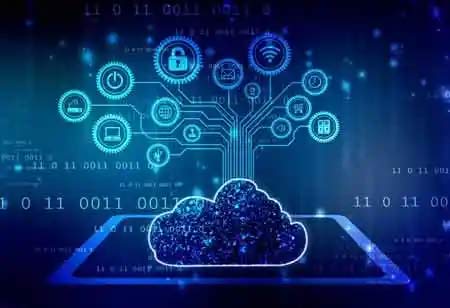Technology cannot replace the important resources people need in a crisis, but it is reforming disaster relief efforts and opening the door for new humanitarian relief tactics.
FREMONT, CA: Digital solutions are being carried to areas lacking technological access, like the non-profit sector, because of technological progression. Because of the fast walk of development, one of technology's greatest important societal benifits may be found in the humanitarian area, which must contact huge numbers of people in distant and dangerous regions to deliver important resources fast and effectively.
From aerial robotics to big data analytics, evolved technology has the prospect of enhancing the efficiency and responsiveness of humanitarian relief efforts, allowing them to reach more people quickly and more affordably to save more lives.
Unmanned aerial vehicles (UAVs), generally called drones, are one type of aerial robotics that can amend humanitarian comfort. Companies may more effectively map terrain, study damage in real-time, enable situational awareness by employing high-resolution mapping, and provide products faster, cheaper, and more efficiently with this technology.
Technology breaks down obstruction to allow connectivity
Basic connectivity is a kind of help that associates individuals with critical resources and allows humanitarian agencies to immediately send life-saving information in a crisis.
When tragedy strikes, Cisco's Tactical Operations (TacOps) utilizes the newest mobile networking technology, like cloud-controlled Meraki technology, to restore connectivity faster than government or local providers can handle.
Mobile solutions provide a new way for organizations
Relief communications have developed because of mobile and social media solutions. It entails the creation of a feedback loop in which data is utilized to generate a more in-depth and real-time knowledge of sector and service user demands, following in faster, more efficient actions that help beneficiaries.
For example, the World Food Program (WFP) assists 80 million people in 80 countries annually by transporting three million tons of food. WFP's Mobile Vulnerability Analysis and Mapping (mVAM) employ mobile technology to conquer the challenge of gathering aggregate and manual data, often bringing on obsolete and wasteful data.
The WFP and Cisco are checking for using SMS and voice response technology (IVR) to collect data directly from beneficiaries, making it likely to gather responses quickly and reasonably from some of the world's most vulnerable people. They will experiment with utilizing chatbots to enable beneficiaries and organizations to communicate more extensively.

